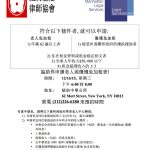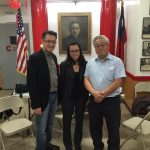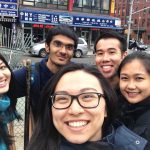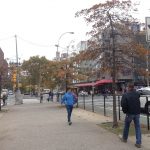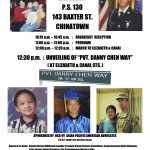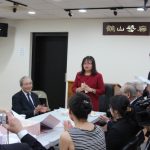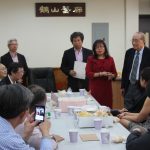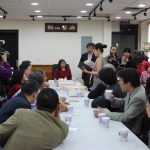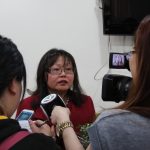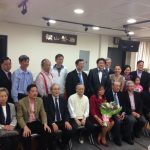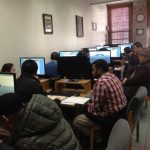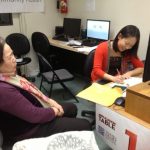Upcoming Pro Bono Opportunities with AABANY
AABANY SCRIE/DRIE CLINIC: Dec. 2
Assist elderly and disabled tenants complete applications for Senior Citizen Rent Increase Exemption (SCRIE) and Disability Rent Increase Exemption (DRIE). These programs offer a lifeline to vulnerable populations who risk losing housing. Volunteers will receive training before assisting applicants. Bar admission and language skills are not required. To participate, please click here to register.
When: December 2 at 2:00PM
Where: Chinese Consolidated Benevolent Association (62 Mott St. 2nd Floor, NY, NY 10013)
AABANY Housing Part Petition Clinic: Dec. 16
Assist tenants suffering from lack of heat or other emergency conditions draft pro se petitions against landlords for housing repairs. Volunteers will receive a brief training before assisting tenants. Bar admission and language skills not required. To participate, please click here to register.
When: December 16, 2015 at 6:00PM
Where: Chinese Consolidated Benevolent Association, 2nd Fl. (62 Mott St. 2nd Floor, NY, NY 10013)
Queens Legal Services (QLS) Housing Part Petition Clinic
Assist tenants suffering from lack of heat or other emergency conditions draft pro se petitions against landlords for housing repairs. Clinics will take place on the 4th Wednesday of every other month from 6:00PM – 8:30PM. Bar admission not required. Language skills not required, however the ability to speak Spanish or other languages may be useful. To participate, contact Heejung Kook (hkook@lsny.org).
2015 Dates: October 28; December (TBD)
2016 Dates: February 24; April 27; June 29; August 24
Where: Central Astoria (2569 38th St., Ground Fl., Astoria, NY 11103)
Request: Pro Bono Guardian for Incapacitated Member of Chinatown Community Member
The New York Legal Assistance Group has passed along a request from the Chambers of Justice Visitacion-Lewis, New York State Supreme Court. The Court is currently seeking a person who would be willing to become a pro bono guardian for an incapacitated person who has close ties to the Chinatown community. The incapacitated person speaks English and some Mandarin. Knowledge of the Chinatown community would be key.
If you are interested in helping this person, please contact Tina Janssen-Spinosa at NYLAG directly at tjanssen-spinosa@nylag.org.
Asian/Pacific/American Institute at NYU and Asia Society’s The Escape and Rescued Memories: New York Stories
The Escape and Rescued Memories: New York Stories
Thursday–Friday, May 8-9, 2014, 8PM
by Lenora Lee Dance with Kei Lun Martial Arts & Enshin Karate, South San Francisco Dojo
Directed by A/P/A Institute at NYU Visiting Scholar Lenora Lee, the interdisciplinary performance works The Escape and Rescued Memories: New York Stories excavate the lives of early 20th century Chinese women migrants through dance, martial arts, film, and music.
The Escape is inspired by stories of women who, after being trafficked into the United States, sought refuge in San Francisco’s Donaldina Cameron House, a faith-based social service agency that today continues to serve Asian communities living in San Francisco’s Chinatown. Rescued Memories: New York Stories retraces the life of Bessie M. Lee (Bessie You Toy–b. 1894), who spent two years in indentured servitude after migrating to New York City to work for a wealthy Chinese family.
Both evenings’ performances will be followed by special conversations featuring the artists, community organizers, and scholars.
Image credit: Robert Sweeney.
Chinatown NYC Restaurant Week
All you can eat sushi + hot pot under $20/pp + prix fix lunches + just pick-from-the-menu lunches +
Follow us Twitter @ChinatownRW and like us on Facebook at ChinatownRestaurantWeek.
For a media tour + customized pitch ideas + interviews with restaurants + inform us of your presence, please contact Chinatown Restaurant Week jhuangchin@gmail.com and (917) 807-0718.


